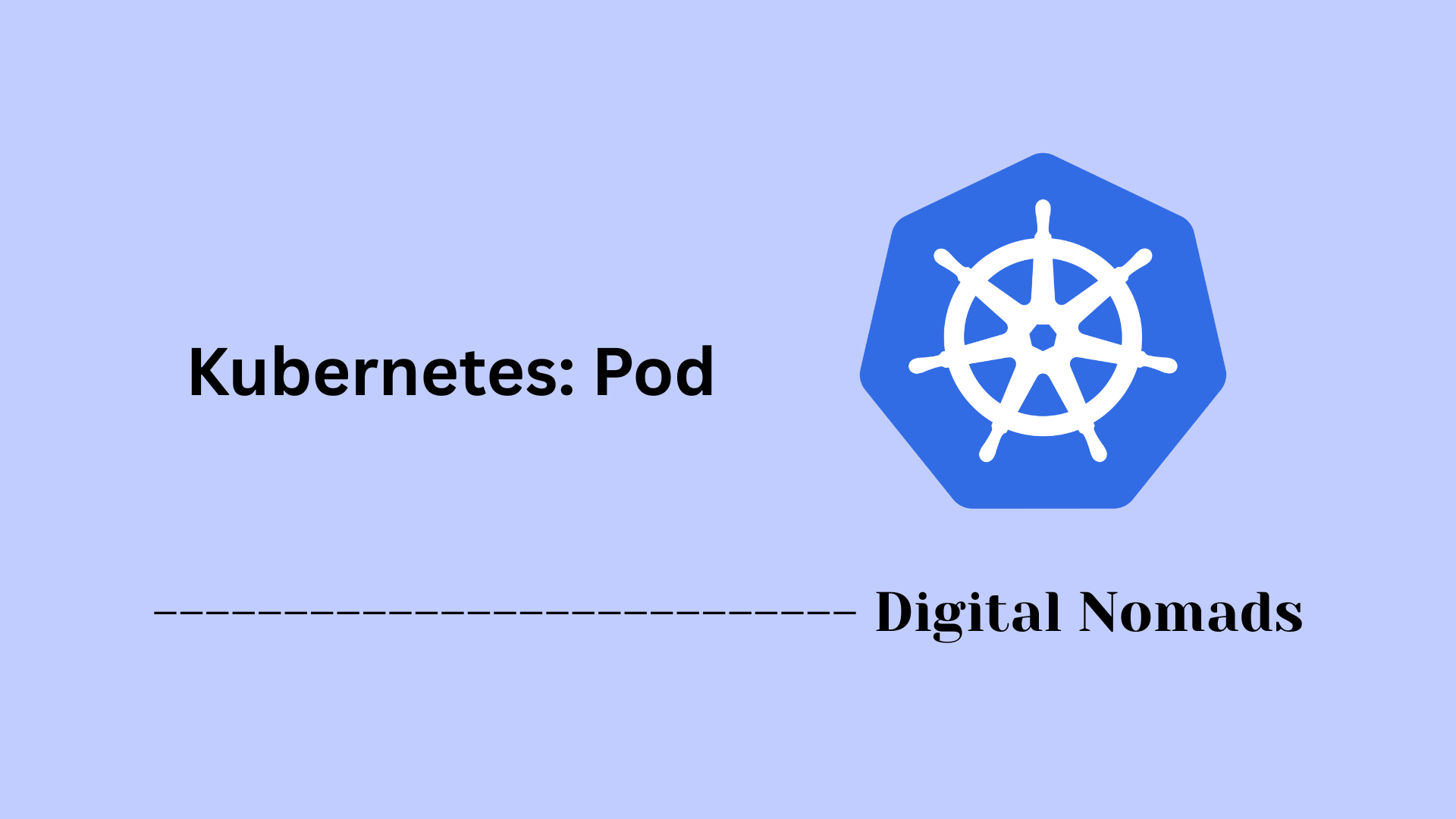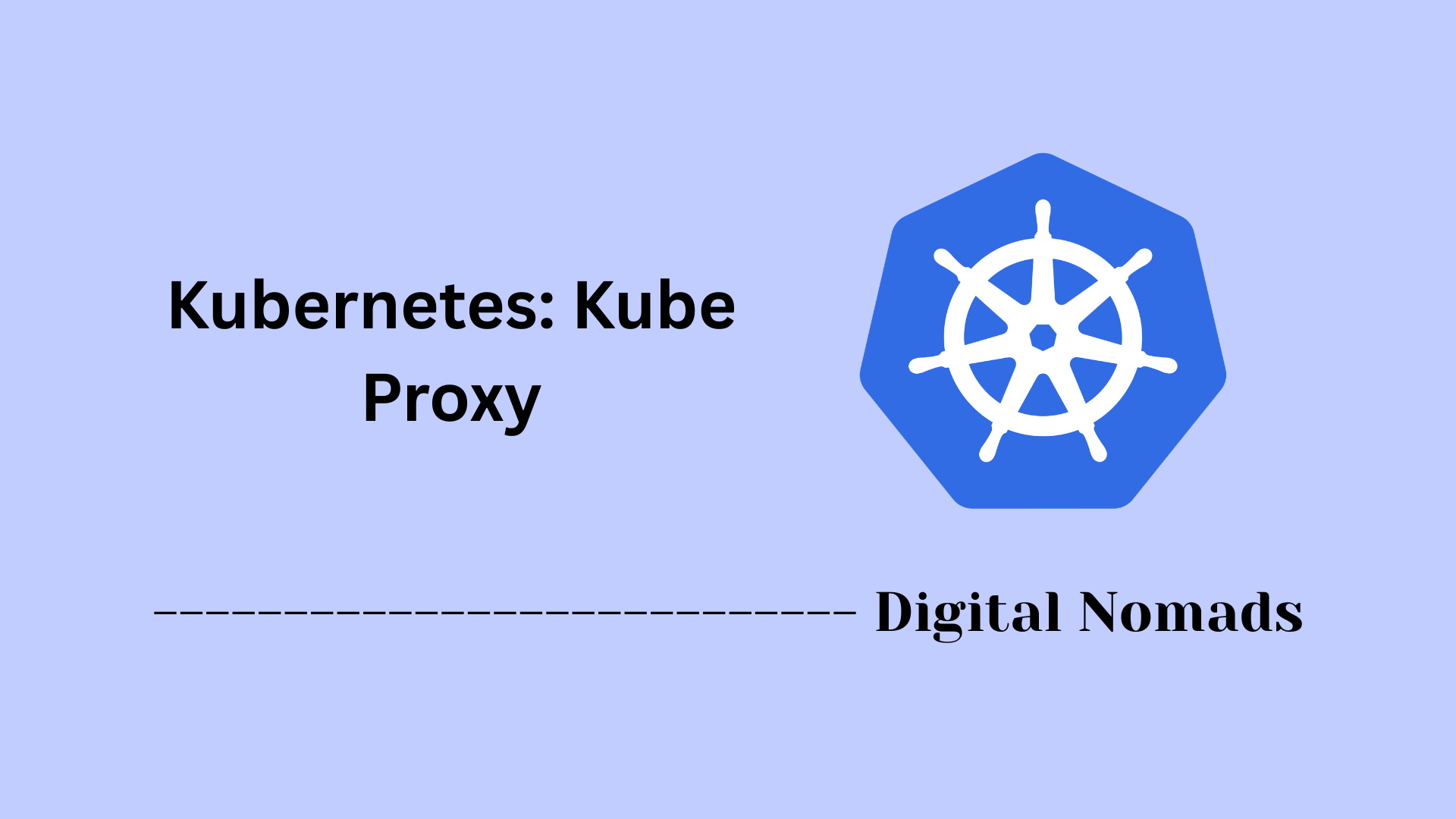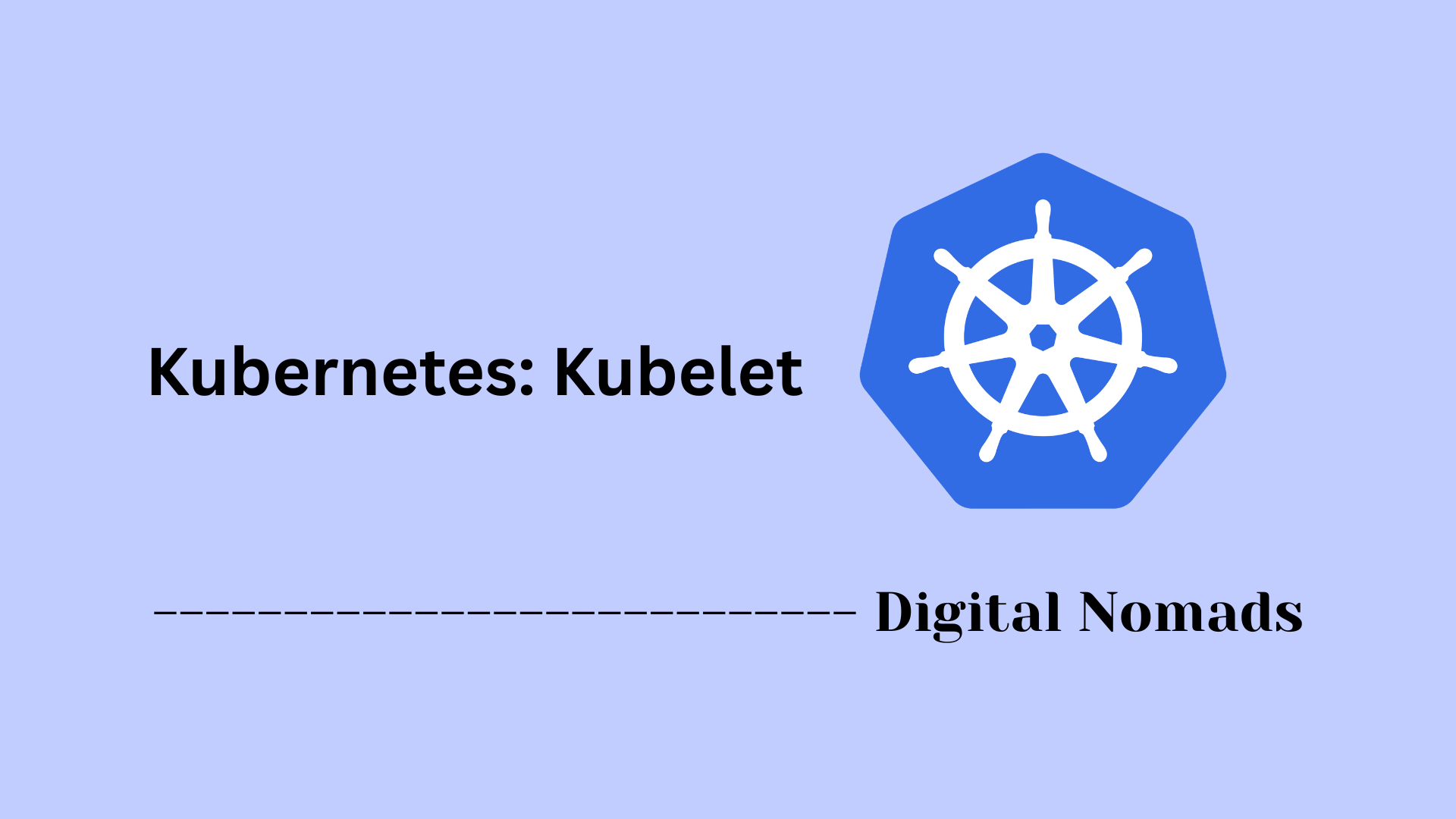Table of Contents
- Overview
- Core Components
- Principal Controllers
- Architecture
- Deployment and Configuration
- Operational Considerations
- Example: How a Controller Works
- Summary Table
- Conclusion
Kubernetes: Controller Manager Overview
What Is the Kubernetes Controller Manager?
The Kubernetes Controller Manager is an essential component of the Kubernetes control plane. It is responsible for running a collection of processes called controllers. Each controller manages the state of specific resources within your cluster, such as nodes, pods, jobs, endpoints, and namespaces. The Controller Manager itself is designed to automate the ongoing task of keeping your Kubernetes cluster operating the way you intend.
At its core, the Controller Manager acts as the cluster’s continuous reconciliation engine. It watches the current state of cluster components by querying the Kubernetes API server, compares this with the desired state declared in your configuration, and works to minimize any differences by making the necessary adjustments.
Why Do You Need to Know About It?
Understanding the Controller Manager is crucial for several reasons:
- Reliability: It keeps your cluster healthy by constantly monitoring resources and self-healing when issues occur, such as failed pods or unreachable nodes.
- Automation: It reduces manual intervention, automatically performing repetitive tasks like scaling, updating endpoints, and managing job completion.
- Troubleshooting: Knowing how the Controller Manager operates helps in diagnosing and resolving issues faster when something in your cluster isn’t behaving as expected.
- Cluster Operations: It empowers you to customize and tune controllers for the unique requirements of your infrastructure, improving scalability and operational efficiency.
How Does It Work?
The Controller Manager works through control loops, each dedicated to managing a particular resource type. Here’s how it operates:
- Observe: Each controller monitors the current state of the cluster via the Kubernetes API.
- Compare: It continuously checks whether the actual state matches the desired state defined in your cluster configuration.
- Act: If discrepancies are found, the controller takes corrective actions, such as creating new pods, rescheduling workloads, or cleaning up resources.
- Repeat: This is a continuous process, enabling the cluster to stay in sync with the intended configuration even as the environment changes.
This ongoing loop ensures that your Kubernetes cluster remains robust, scalable, and responsive to changes—whether those changes are initiated by users, applications, or unexpected failures.
Core Components
These are the fundamental building blocks that enable the Controller Manager to automatically maintain and reconcile the desired state of a Kubernetes cluster:
- Node Controller: Monitors the health and status of cluster nodes. When a node becomes unreachable or fails, this component updates node condition and triggers pod rescheduling or resource cleanup as necessary.
- Replication Controller: Ensures the specified number of pod replicas are running at all times. If pods are missing or extra, this controller creates or removes pods to match the intended state.
- Endpoints Controller: Populates endpoint objects with IP addresses of the relevant pods, providing up-to-date service discovery so that traffic is routed correctly inside the cluster.
- Service Account Controller: Automatically creates default service accounts and associated secrets for API access within new namespaces, supporting pod authentication.
- Namespace Controller: Manages the lifecycle of namespaces, handling deletion processes and ensuring resources within a deleting namespace are also removed.
- Job Controller: Watches for job objects and manages the execution of pods until job completion, handling restarts and clean-up in line with job specifications.
Principal Controllers
The Controller Manager runs several controller loops, each responsible for managing a specific aspect of the cluster’s state:
- Node Controller: Oversees node health by detecting when nodes become unreachable or unhealthy, then manages pod eviction or resource cleanup as needed.
- Replication Controller: Maintains the defined number of pod replicas for replication controllers, ensuring availability and scalability of applications.
- Endpoints Controller: Updates endpoint objects with the IP addresses of active pods to ensure proper routing for services within the cluster.
- Service Account Controller: Automatically creates default service accounts and secrets for namespaces, facilitating pod interaction with the Kubernetes API.
- Namespace Controller: Manages namespaces by cleaning up and deleting resources when namespaces are removed, maintaining cluster organization.
- Job Controller: Monitors job objects to ensure pods run to completion, managing restarts and cleanup required for batch or parallel task execution.
Architecture
The architecture of the Kubernetes Controller Manager is designed to ensure reliable, continuous operation and cluster consistency:
-
Single Binary Process:
Runs as a single process called
kube-controller-manager, which manages multiple controller loops in parallel. - Control Loops: Each controller functions as a loop that continuously watches the Kubernetes API server for changes and updates, then acts to move the cluster towards the desired state.
- Leader Election Support: In highly available clusters, multiple controller manager instances can run at once, but only one becomes active through leader election. This prevents conflicting updates and ensures smooth failover.
- API Server Integration: Communicates directly with the Kubernetes API server to read cluster state and submit any necessary changes, such as creating, deleting, or updating resources.
- Modular Controllers: Each built-in controller manages a specific resource (such as pods, nodes, jobs, or endpoints) and can be enabled or disabled using configuration flags.
- Deployment: Deployed as a static pod or a system process on control-plane nodes, ensuring it is always available to perform reconciliation tasks.
Deployment and Configuration
The deployment and configuration of the Kubernetes Controller Manager ensure cluster reliability and correct operation, adapting to various environments and needs:
- Deployment Methods: The controller manager is typically deployed as a static pod on control-plane nodes or as a managed system service. This approach guarantees the process is always up and running, even during reboots or upgrades.
- Configuration via Flags: Command-line arguments control aspects such as which controllers are enabled or disabled, connectivity to the API server, cloud integration settings, and security options.
-
Controller Selection:
Use the
--controllersflag to include or exclude specific controllers, allowing customization based on the cluster’s requirements. - Leader Election: Enable leader election with dedicated flags to support high availability when multiple controller manager instances are running.
- Security Settings: Adjust TLS settings, CA bundles, and authentication parameters to uphold cluster integrity and protect communications.
- Resource Management: Tune resource limits and operational parameters to optimize controller performance for varying cluster sizes and workloads.
Operational Considerations
Effective operation of the Controller Manager involves monitoring, availability, and troubleshooting practices to maintain cluster stability:
- High Availability: Run multiple instances of the controller manager with leader election enabled to ensure continuous operation and automatic failover in case of an instance failure.
- Monitoring and Metrics: Expose and collect metrics via integrated endpoints for monitoring controller health, performance, and reconciliation rates, enabling proactive issue detection.
- Logging: Regularly review logs generated by the controller manager to identify errors, warnings, or anomalies that might indicate problems in resource reconciliation or controller loops.
- Resource Limits: Configure CPU and memory limits appropriately to prevent resource exhaustion, especially in large or heavily loaded clusters.
- Controller Configuration: Customize enabled controllers and tuning parameters based on workload characteristics to balance performance and resource usage.
- Troubleshooting: Investigate failed or slow reconciliation cycles by inspecting controller manager logs and reviewing the state of affected resources using Kubernetes tools.
Example: How a Controller Works
This example demonstrates the step-by-step operation of a controller, specifically the Replication Controller, as it manages pod replica counts to maintain the desired state:
- Observe Desired State: The controller detects that a user has defined a replication controller manifest specifying three replicas should exist.
- Watch Actual State: Periodically checks the Kubernetes API server to see how many pods are currently running that match the desired specification.
- Detect Discrepancy: Notices only one pod is running, which is less than the specified three replicas.
- Take Action: Initiates pod creation requests to the API server until the running pods total three, reconciling the difference.
- Continuous Loop: Repeats this observation and correction process continually, ensuring that any pod failures or deletions are quickly remedied to maintain the specified replica count.
This process illustrates how controllers automatically keep the actual cluster state in sync with what is defined in configuration, enabling self-healing and automated management.
Summary Table
| Aspect | Description |
|---|---|
| Component Name | Kubernetes Controller Manager |
| Role | Automates cluster state reconciliation and manages lifecycle of cluster resources |
| Deployment | Runs as a static pod or system service on control-plane nodes |
| High Availability Support | Multiple instances with leader election to ensure active singleton controller |
| Monitored Resources | Pods, nodes, services, endpoints, jobs, namespaces, and service accounts |
Conclusion
Throughout this blog post, we explored the essential role Kubernetes Controller Manager plays in maintaining and automating the desired state of a Kubernetes cluster. We covered its core components and principal controllers that handle everything from node health to pod replication, and how each controller operates continuously to reconcile the actual state with the intended configuration. We delved into the Controller Manager's architecture, highlighting its design for reliability and high availability through leader election and modular controller loops. The deployment and configuration details showed how flexible and customizable the Controller Manager is to fit different cluster needs. Operational considerations emphasized the importance of monitoring, logging, and resource tuning for smooth and stable cluster management. Finally, a practical example illustrated how a controller functions step-by-step to self-heal and automate cluster operations.
By understanding the Controller Manager's capabilities and operational practices, you can better leverage Kubernetes' powerful automation to keep your clusters healthy and resilient with less manual intervention.
Thanks for joining this deep dive into the Kubernetes Controller Manager. If you found this helpful, stay tuned for more insights into Kubernetes and infrastructure automation!




